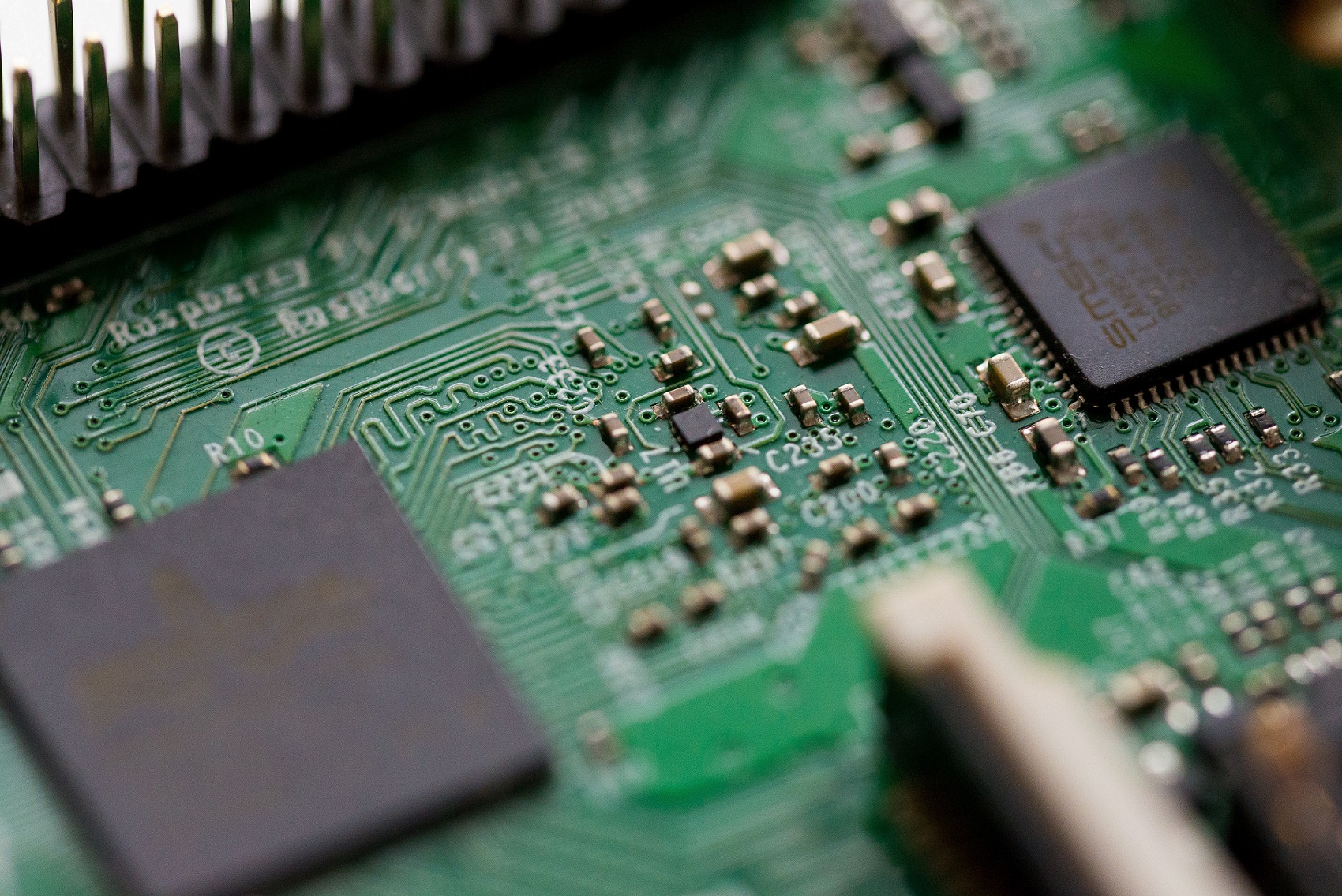We love our electronics. Oh yes, we do!
In 2017, it was also reported that gadgets have become a key part of people’s lives in Singapore, as consumers spend most of their waking hours on digital devices – 12hr 42 min a day on average (wow). Home-based learning and work-from-home have become commonplace during the pandemic. The number of hours spent on electronic devices is not expected to decrease any time soon.
Not only do we spend most of our hours on devices, but we also have high technology adoption rates too. Enforcement officers being equipped with body-worn cameras since 2015 to enhance frontline crime-fighting operations and secondary school students being issued with personal digital devices by 2028 are just some examples!
So, it should not come as a surprise that Singapore is one of the biggest electronic waste (e-waste) generators in Southeast Asia. It is estimated that we contribute 20kg of e-waste per capita, a whopping 19 times more per person than our counterparts from Vietnam, the Philippines, and Cambodia!

When we try to reduce our electronic waste, the first advice we get is always “buy secondhand electronics”. But, did you know there is another possible alternative that allows you to help reduce Singapore’s electronic waste?
The alternative is called refurbishment and we are going to share why you should purchase refurbished electronics!
What are Refurbished Electronics?
“Refurbished” refers to an item that has been inspected and repaired. This restoration to a “like-new condition” varies. It depends on whether the factory, manufacturer or a third party restores the product.
This distinguishes them from simply being “used” or “secondhand”, which refers to buying products that have already been owned or used.
Why are items refurbished? Here are some reasons:
- Demo items used in retail stores and events
- Products returned without being used, but which boxes have been opened
- Merchandise unfit for sale due to cosmetic damages during shipping or handling
- Items returned due to a defect or damage
Why Should I Choose Refurbished Electronics?
Modern-day electronic devices, such as smartphones and laptops, contain rare earth elements (REEs) due to their unique magnetic, luminescent and catalytic properties. This process generates a high amount of toxic and radioactive liquid waste. As such, REEs are linked with adverse environmental and human health impacts. In fact, the process is so dangerous and damaging that these materials have been termed “blood minerals”.
With increasing global demand, exploitation of fragile ecosystems through mining activities continues. An example is the destruction of mountain gorilla habitats as forests are cleared to make way for more mines. This has caused as much as a 90 percent decline in lowland gorilla populations in Congo’s national parks since 2010.

REEs are also sometimes known as “conflict minerals”, a term arising from how the mineral trade has helped fund abuse of human rights, violence and crime. The face of conflict minerals in Congo, where a fifth of the world’s tantalum comes from. This rare metal forms an important part of circuit boards found in our smartphones and other popular electronics.
Our rising demand has created an attractive market for profiting off the mining of tantalum – even for people with unscrupulous intents. Many mines are controlled by militia groups, where locals employed, even children, work in appalling conditions.
Currently, recycling REEs from discarded electronics is a difficult process. Besides, with health issues being reported in people chronically exposed through working with REEs, there is just not enough incentive to recycle.
Besides the human toll, the manufacturing of electronics is also costing our environment dearly. In Apple’s 2018 environmental responsibility report, the company stated that 77% of their electronics’ carbon footprint come from the manufacturing process, as opposed to only 17% from actual usage.
Busting Misconceptions of Refurbished Electronics
Refurbished electronics are definitely the go-to for every consumer due to the misconceptions consumers have. We debunk them here!
Cheaper means poorer quality
Refurbished electronics are often cheaper than their new counterparts. This leads many people to think that they are of poorer quality. Worst still, that they are resold because they were damaged! People often also think refurbished electronics are “old” and will run slower.
The truth is, only 5% of returned electronics are defective. Manufacturers or refurbishers will also have stringent quality checks to make sure that performance is up-to-par, and any defects resolved. Sometimes, the refurbished electronics even undergo more checks and tests than the new devices.
So, cheaper does not necessarily mean poorer quality!
Refurbished electronics do not have a good return policy
If you think that purchasing refurbished electronics is not similar to new electronics, think again!
When you obtain your refurbished electronics from the manufacturers themselves (also called “manufacturer-refurbished” products), it usually comes with a one-year warranty.
Some examples include Apple and Dell. One third-party company committed to reducing e-waste, Reebelo, also offers varying warranty periods and a 7-day free return policy. This is definitely better than second-hand electronics!
Refurbished electronics are not the latest models
Newer devices tend to have faster components, allowing for higher performance. Our latest software and apps lean towards having more features and appealing visual designs to stay trendy. These add-ons are more complex. If a device is not new, it will not be able to run the program and respond to you, at the same time, quickly. As such, buyers may be concerned that refurbished electronics will not be able to support the latest software.
As mentioned earlier, even the newest models on the market can be resold as refurbished electronics. If speed is a top priority, a search on the refurbished electronics marketplace can yield results at a good price.
Tips For Buying Refurbished Electronics
The quality of refurbishment can vary depending on retailers. Like how we typically think through our purchases, we, as consumers, also need to do our due diligence.
Know what you want before you buy
This can be taken for granted, but with the myriad of brands available on the market, it can lead to analysis-paralysis. Only by knowing what we need in a product, can we narrow the search down to an exact model from all the sometimes confusing product names. This also reduces the possibility of another buyer’s remorse.
Prioritise what you want. If it is a smartphone or a tablet you are looking for, is the speed of concern? It is recommended to look for a model within one to two years old. Do you only need one for basic functions, but are worried about security? Then, it will be weighing between the price point and the model. A website recommends a model not older than three years on the market. After all, old operating systems will not be able to receive security updates eventually.
Check that the seller is trustworthy
There are so many advertising tactics nowadays that we can be misled easily. At the very least, we need to screen the qualifications of sellers. We need to consider if the refurbished product comes with a good return policy or warranty as well.
Getting refurbished products from the manufacturers and factory is often the safest option, and worth the slight premium. In Singapore, Reebelo is one such marketplace with highly-starred ratings.
Conduct quality control checks
For refurbished electronics that have their own batteries, like laptops and mobile phones, it is important to check the battery’s lifespan. Batteries naturally wear out over the years and not all refurbished batteries are replaced for reselling.
At the same time, check that your refurbished electronics are properly repaired. Depending on the retailers, some cosmetic damages, like scratches, can remain, but are harmless. More serious defects may be overlooked and this is what we should look out for:
1) Scrutinize fine print of products’ condition
On Rebello, a “good” condition indicates that the product has “light scratches” that may be “visible from 20cm away”, but is “100% functional, tested and cleaned”. This may not be the same case for other retailers. When the fine print of a product is not made known, it is recommended to contact the seller to provide details, lest a “good” condition means that the product has dents that can compromise performance.
2) Screen products with known faults
While such products may pass rigorous testing by refurbishers, they will quickly deteriorate under usage by buyers. An example is a laptop with a ball grid array (BGA)-mounted chip. Solder joints in BGAs can fracture under repeated heating caused by the usage of electronics, especially if the cooling system, sockets or soldering is not up-to-par. Before buying these products, it is recommended to check if any recalls have been issued by manufacturers and reviews by reputable sites.
Consumerism perpetuates the urge to get the “newest model” or be left behind. By opting to go for refurbished electronics, we are doing our part to break the cycle of abuse on the environment and people. This is because our behaviour as a consumer informs organisations on what products and services to offer.
We need to send a clear message that electronics are just as useful even if they are “outdated”. That will galvanise companies into eliminating waste from their business models and into designing better products for people and the environment.


